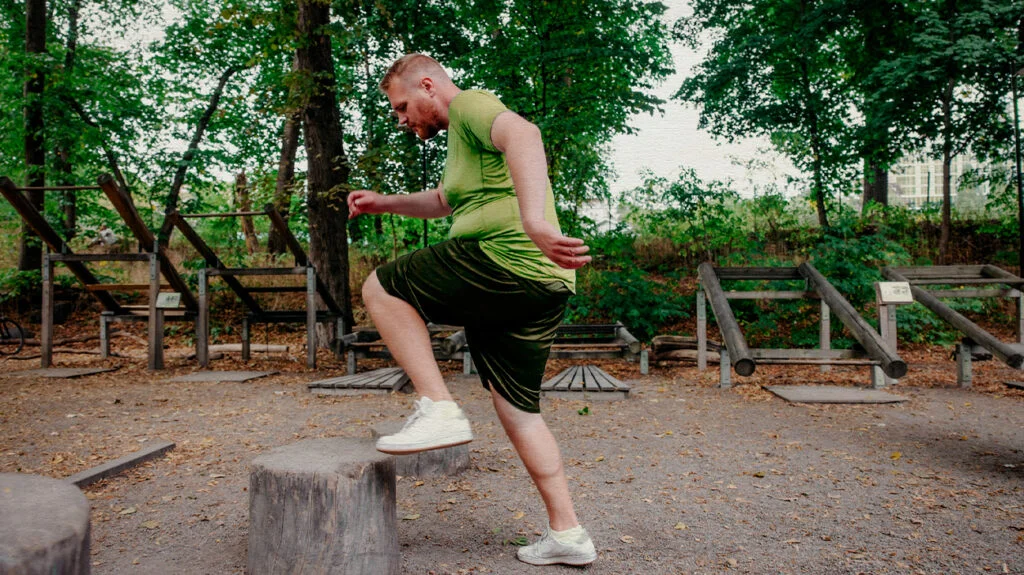Varicose Veins and Weight: How Weight Management Can Improve Vein Health


Varicose veins are a prevalent condition affecting millions, particularly women. These twisted, bulging veins often cause pain, discomfort, and a heavy feeling in the legs. While minimally invasive treatments like sclerotherapy and laser ablation offer excellent solutions, managing weight plays a crucial role in both preventing and improving varicose vein health.
At OC Vein Care, we prioritize a holistic approach to vein treatment. We understand that weight management is a significant factor in vein health, and incorporating it into your treatment plan can significantly improve your well-being. This blog post explores the connection between varicose veins and weight, highlighting how weight management empowers you to take control of your vein health.
Understanding Varicose Veins
Healthy veins have one-way valves that ensure blood efficiently flows from your legs back to your heart. In varicose veins, these valves weaken or malfunction, causing blood to pool in the veins, leading to their enlargement and visibility.
The Weight Connection: How Extra Pounds Strain Your Veins
Excess weight puts significant strain on your entire circulatory system, including your veins. Here’s how weight contributes to varicose veins:
- Increased Pressure: Carrying extra weight puts additional pressure on your leg veins, making it harder for them to pump blood upwards against gravity. This extra pressure weakens the valves and allows blood to pool, leading to varicose vein formation.
- Weakened Valves: Over time, the increased pressure from excess weight can damage and weaken the valves in your veins. This further compromises blood flow and exacerbates varicose vein symptoms.
- Reduced Circulation: Excess weight can impede blood flow throughout your body, including your legs. This can lead to swelling, fatigue, and a feeling of heaviness in the legs, all common symptoms of varicose veins.
Benefits of Weight Management for Vein Health
By managing your weight and achieving a healthy Body Mass Index (BMI), you can significantly improve your vein health and alleviate varicose vein symptoms. Here’s how:
- Reduced Pressure on Veins: Losing weight takes the pressure off your leg veins, allowing them to function more efficiently. This helps prevent further enlargement and reduces the risk of developing new varicose veins.
- Improved Valve Function: Weight loss can potentially help strengthen weakened valves, allowing them to close properly and prevent blood from pooling. This can significantly improve blood flow and reduce symptoms like pain and swelling.
- Enhanced Circulation: By managing your weight, you improve overall circulation throughout your body, including your legs. This can lead to reduced swelling, improved leg function, and a lighter feeling overall.
Weight Management Strategies for Vein Health
Losing weight and maintaining a healthy weight are crucial for overall health, including your veins. Here are some effective weight management strategies you can incorporate into your routine:
- Healthy Eating: Focus on a balanced diet rich in fruits, vegetables, and whole grains. Limit processed foods, sugary drinks, and unhealthy fats.
- Regular Exercise: Engage in regular physical activity, including moderate-intensity cardio exercises like brisk walking, swimming, or cycling. Aim for at least 30 minutes of exercise most days of the week.
- Strength Training: Building muscle mass can help boost your metabolism and improve blood circulation. Consider incorporating strength training exercises into your workout routine.
Remember: Weight management is a journey, not a destination. Even modest weight loss can significantly improve your vein health and alleviate varicose vein symptoms. Consult your doctor or a registered dietitian for personalized weight management guidance.
Additional Tips for Managing Varicose Veins
In addition to weight management, here are some lifestyle changes that can benefit your vein health and complement your varicose vein treatment plan:
- Elevate your legs: When resting, elevate your legs above the level of your heart to improve blood flow and reduce swelling.
- Avoid prolonged standing or sitting: Take regular breaks to walk around and move your legs.
- Wear compression stockings: As discussed in our previous blog post [link to previous blog post on compression stockings], compression stockings can be a valuable tool to improve circulation and reduce varicose vein symptoms.
To learn more contact our Orange County Vein Treatment facility today!
